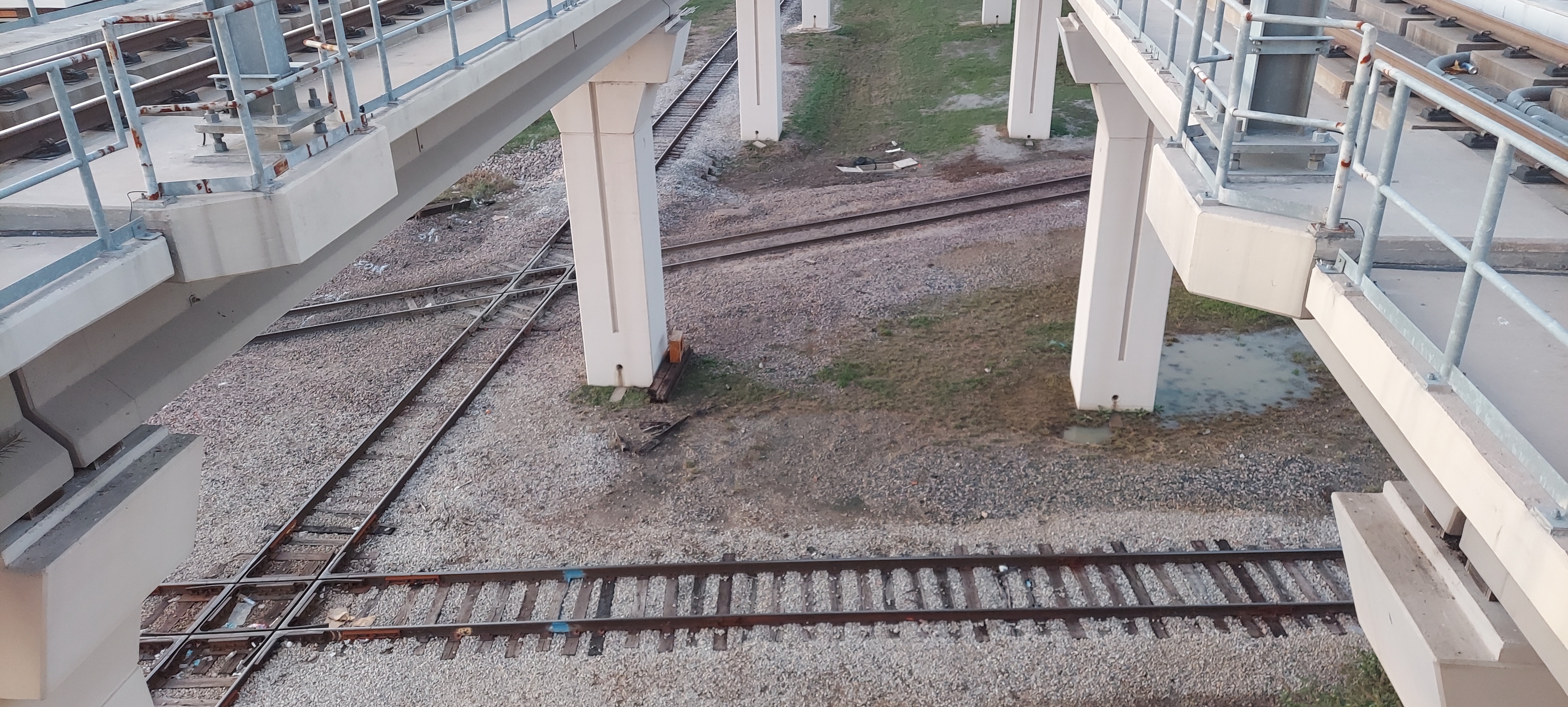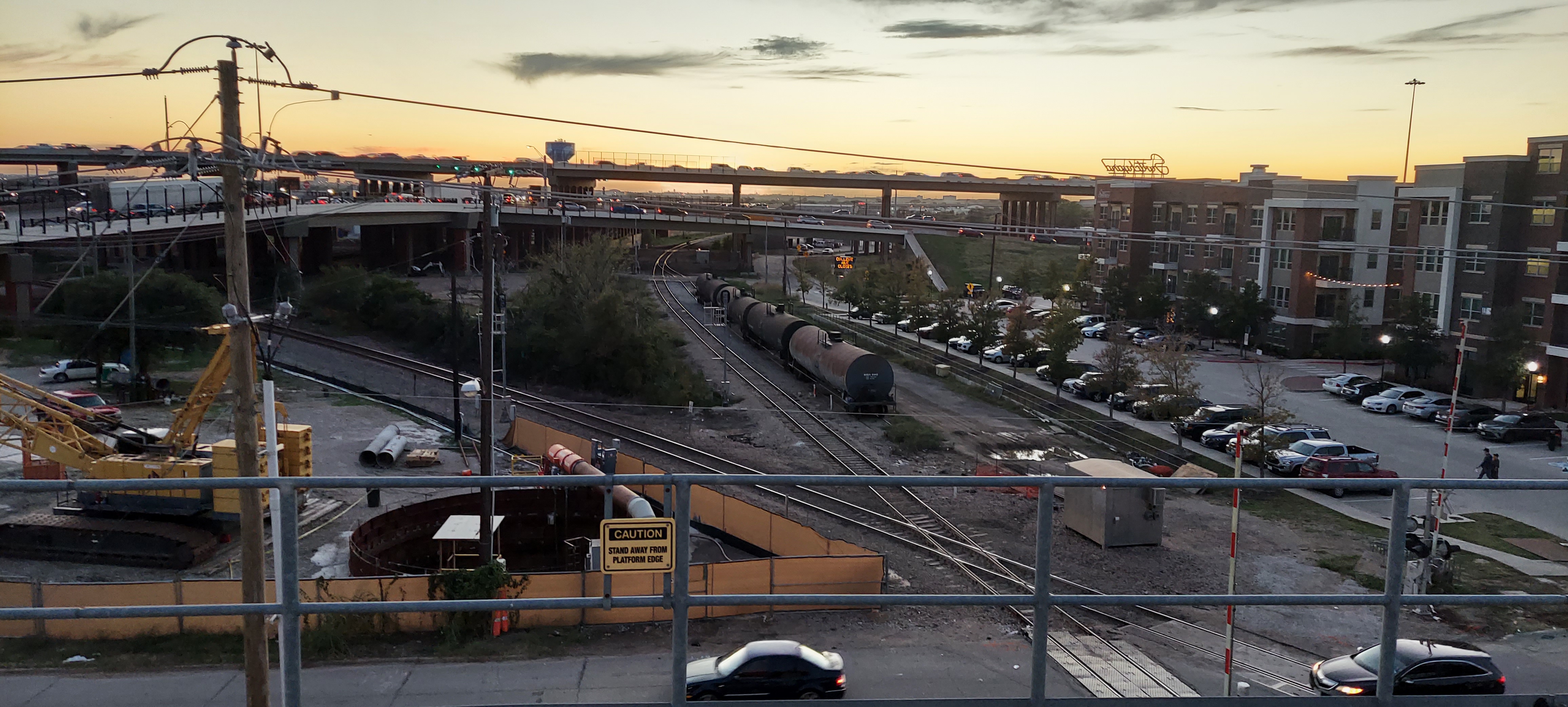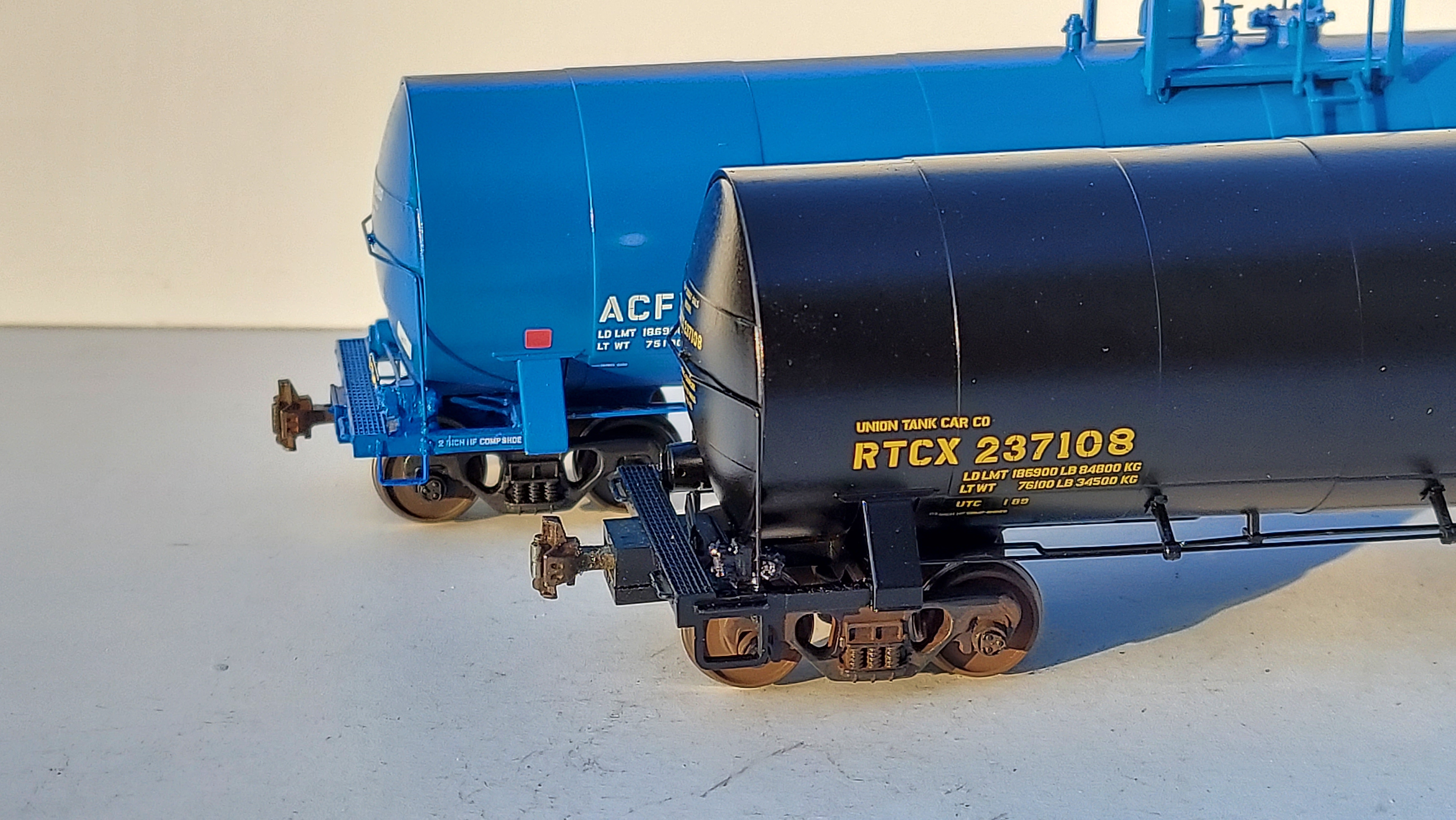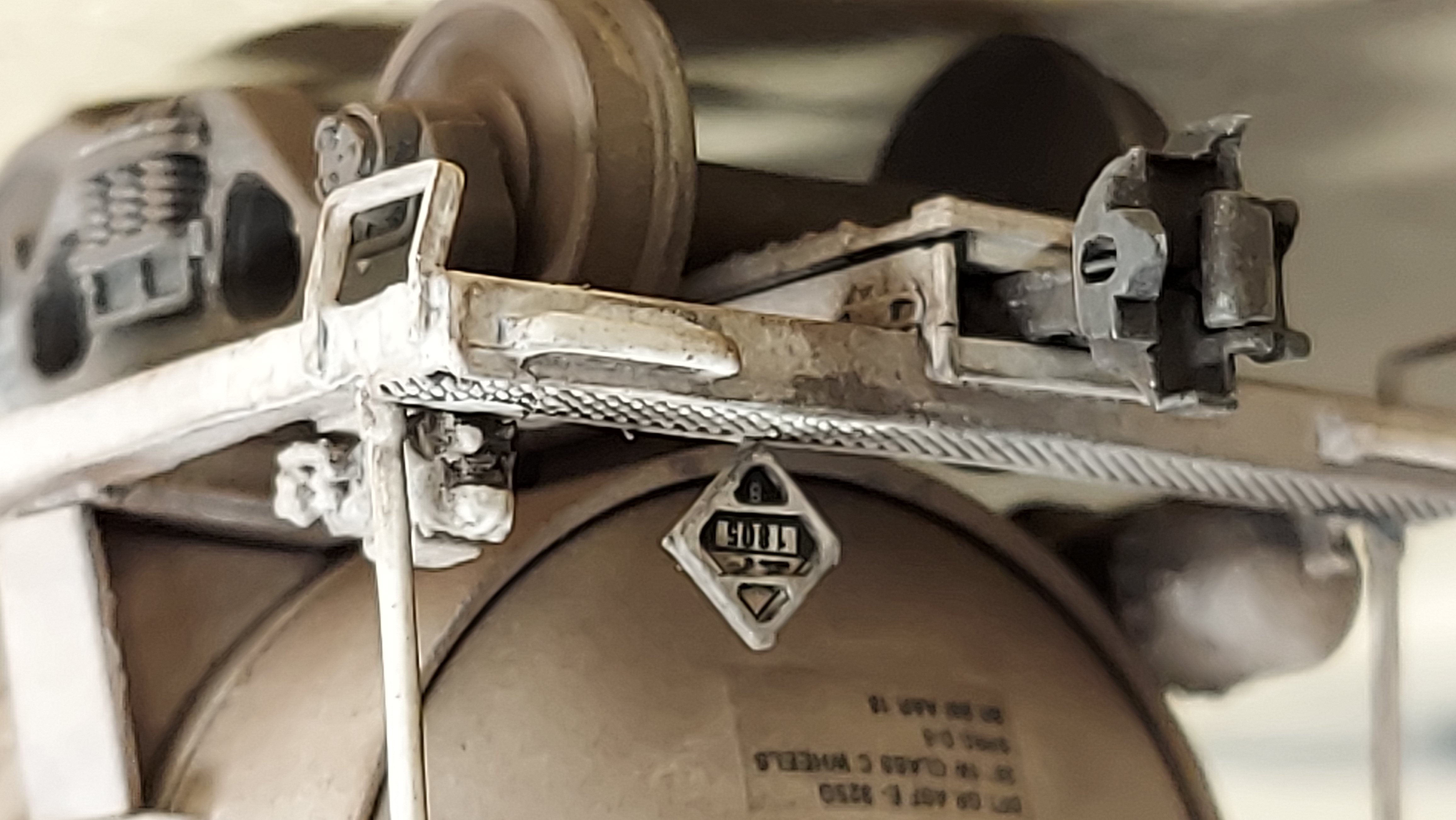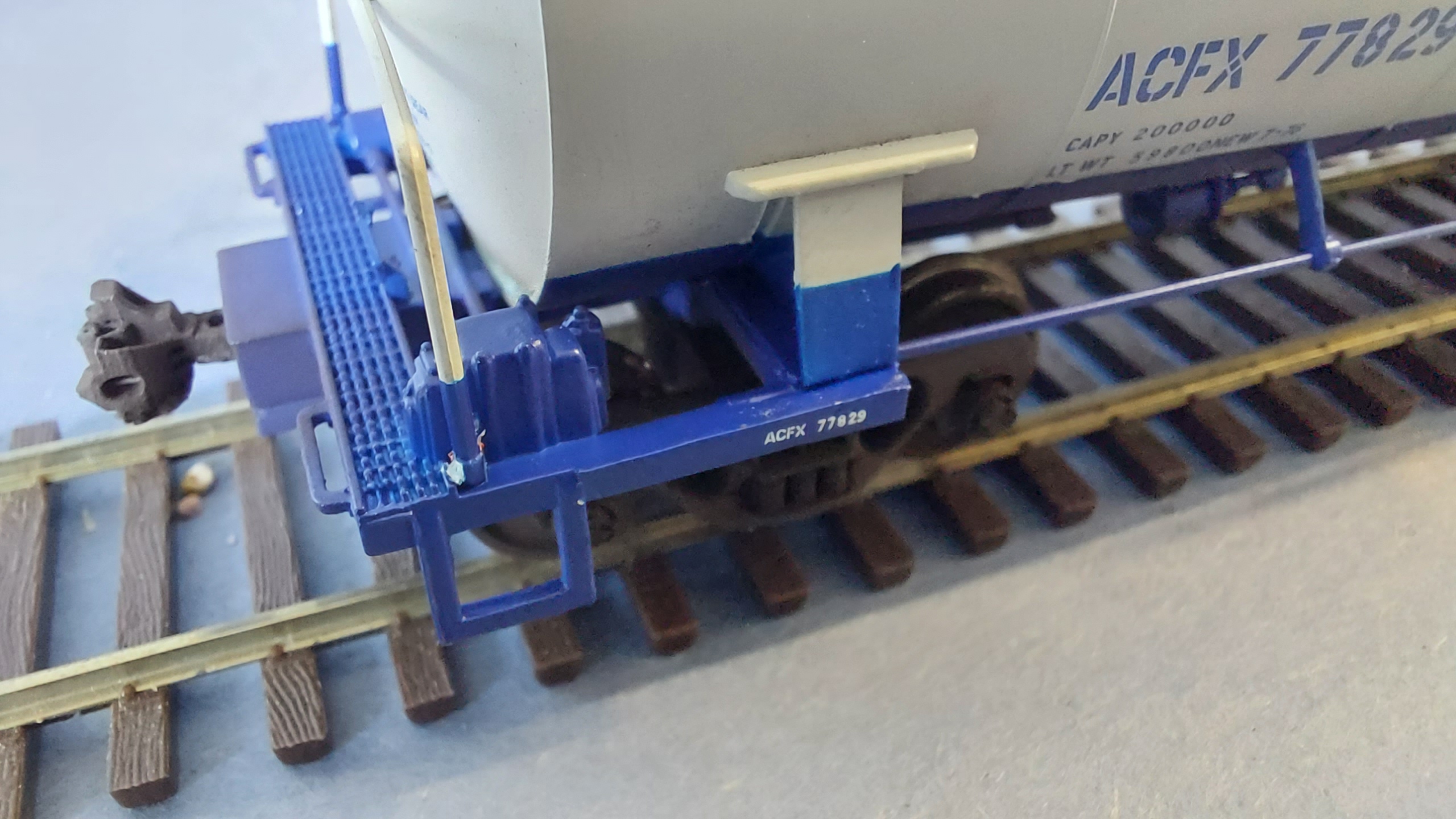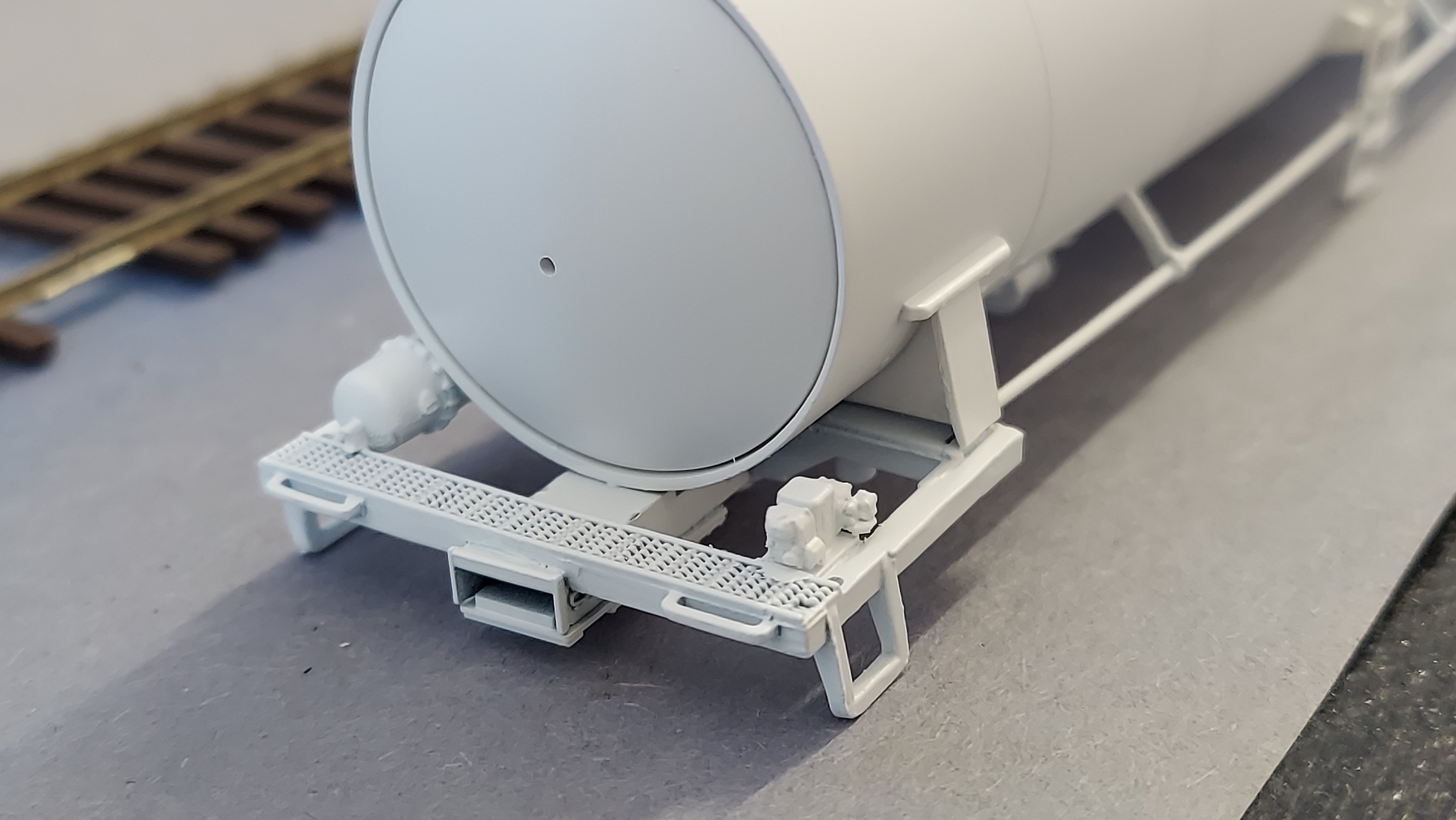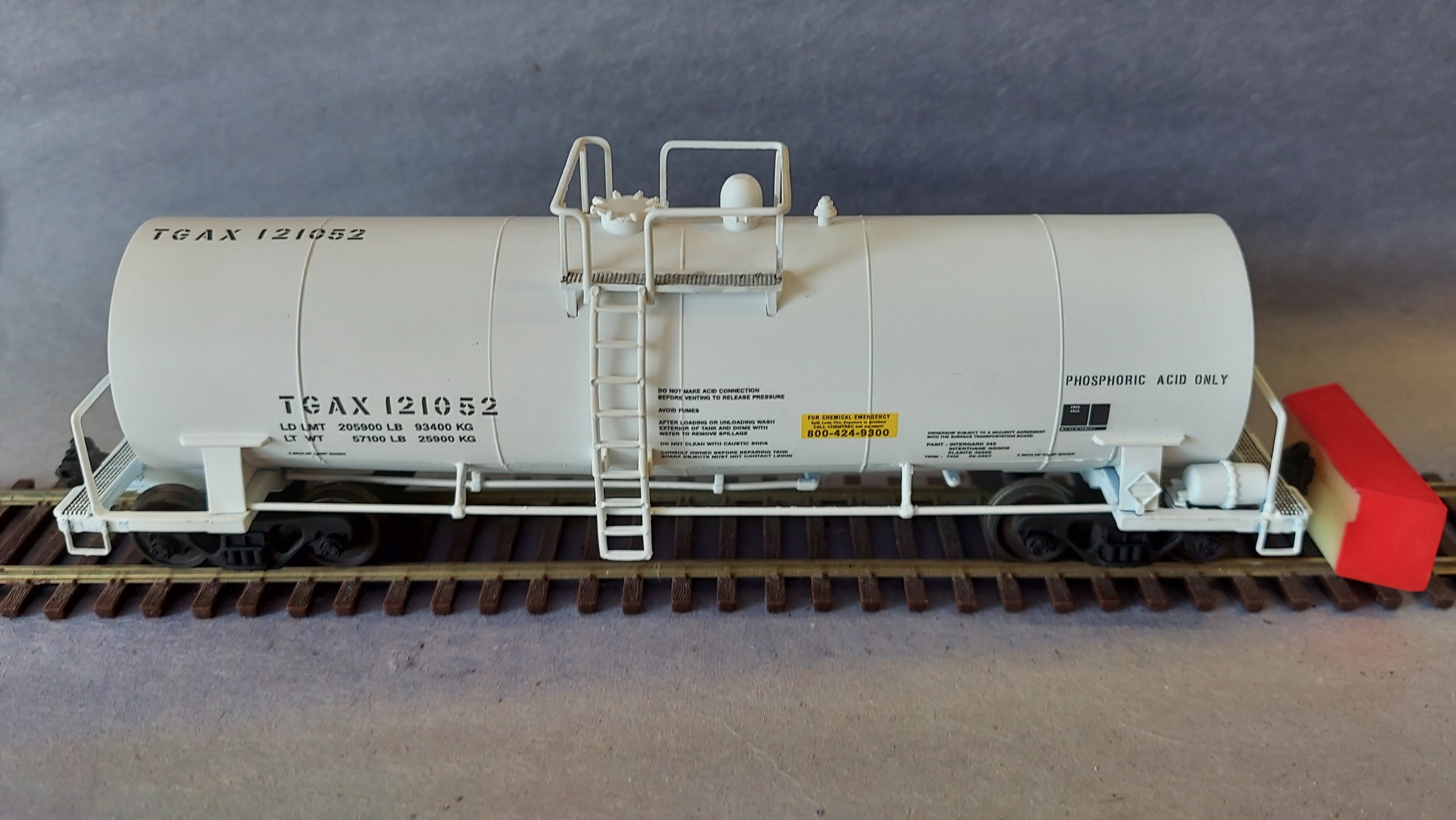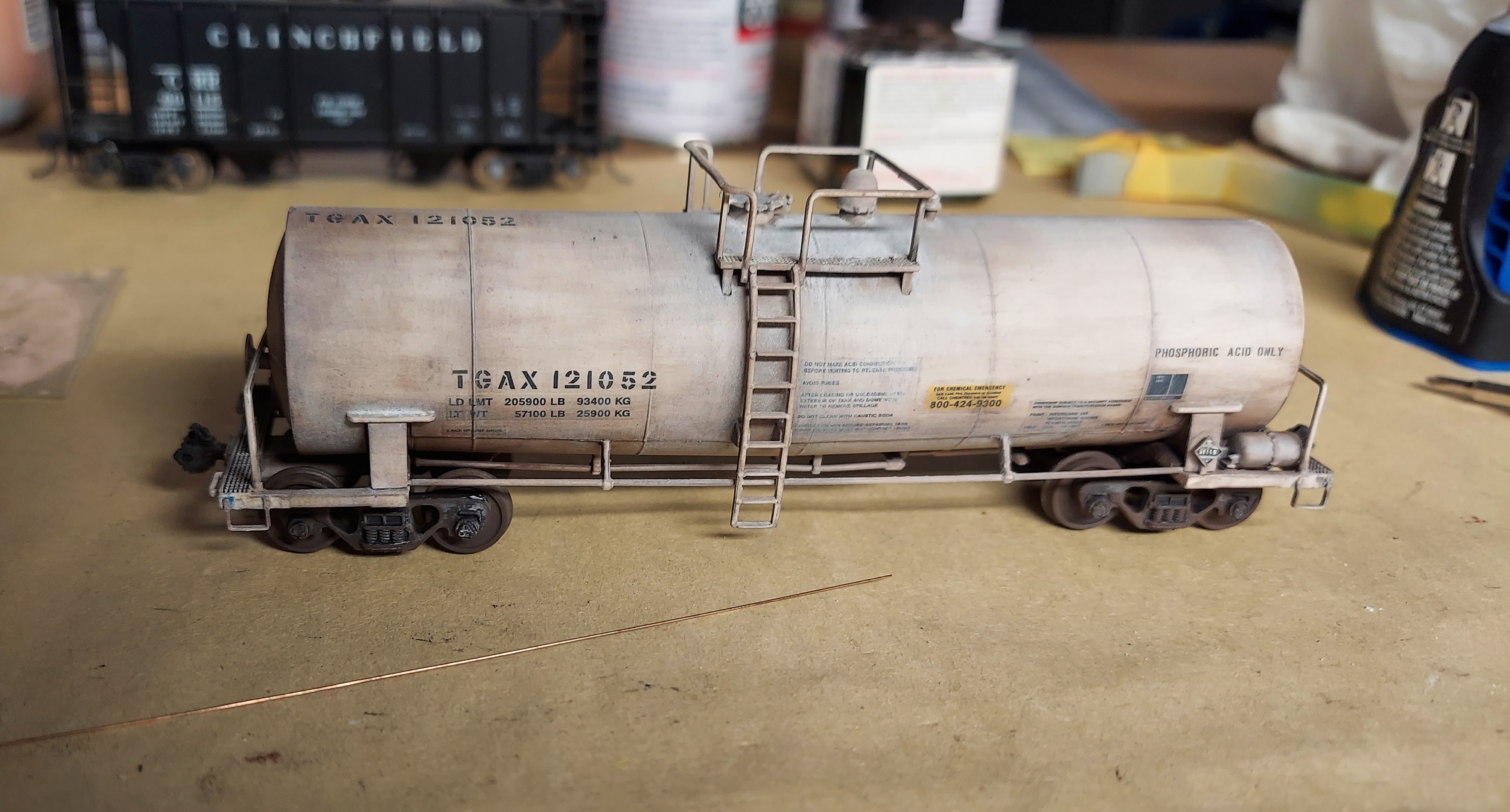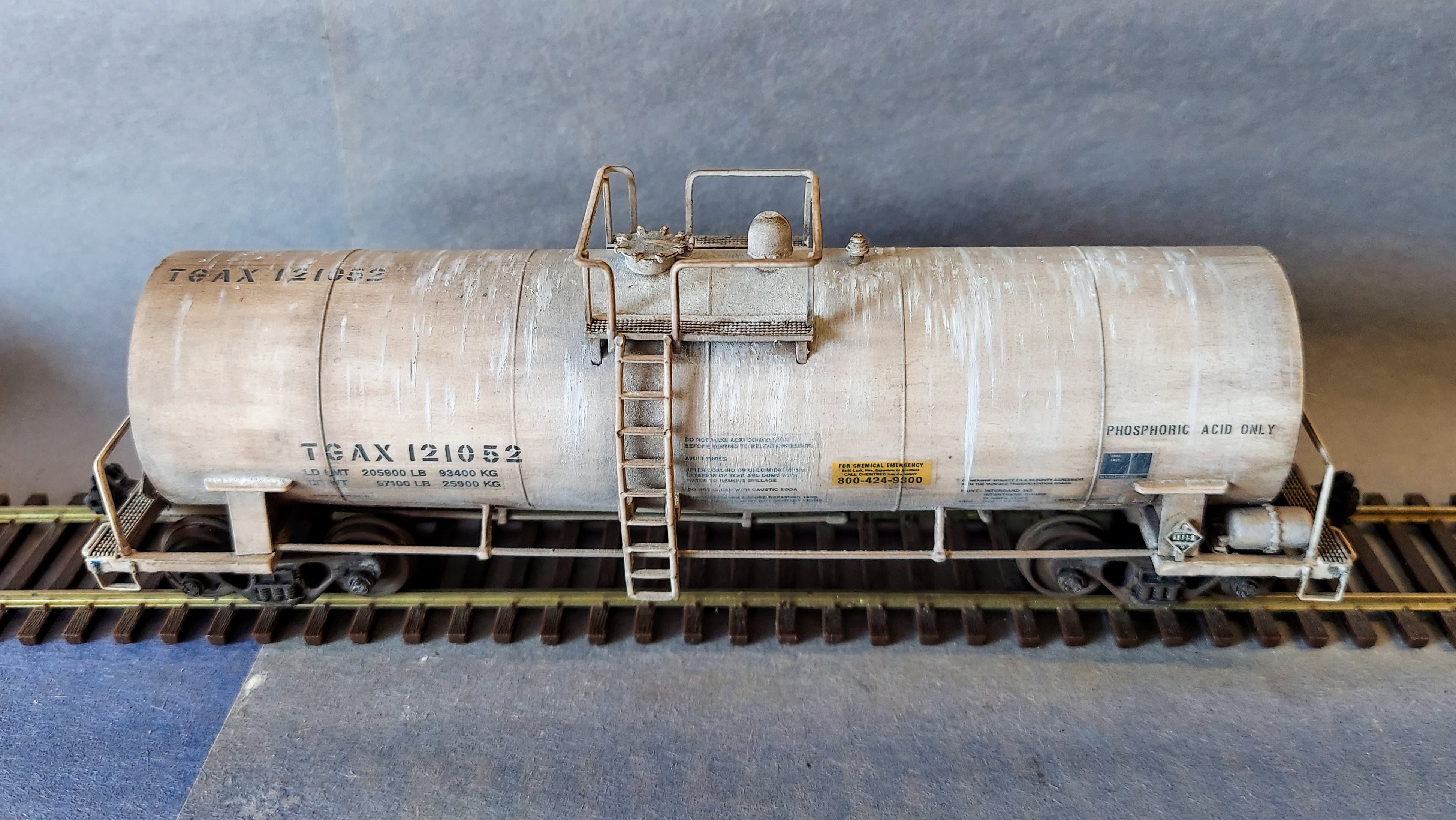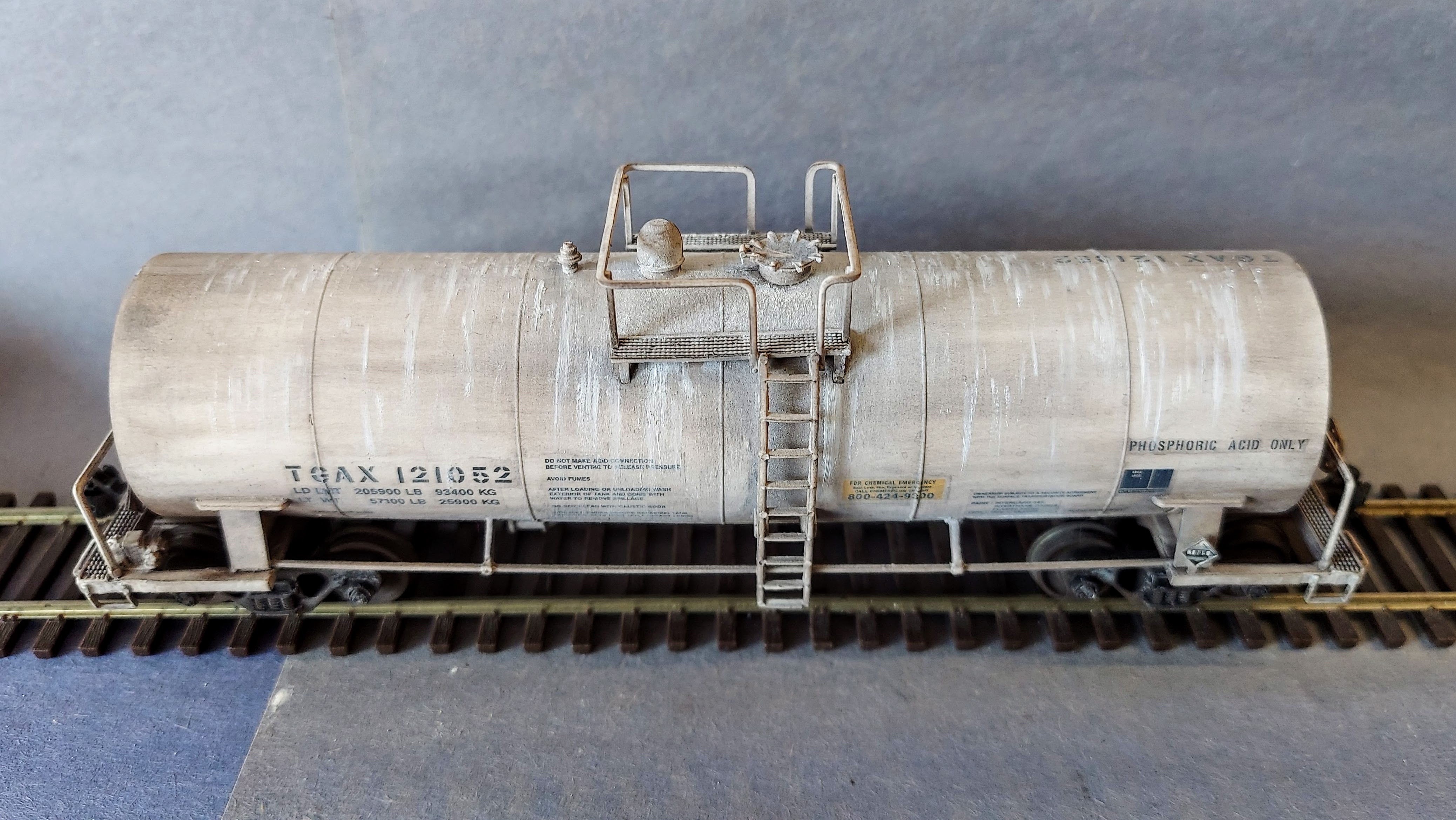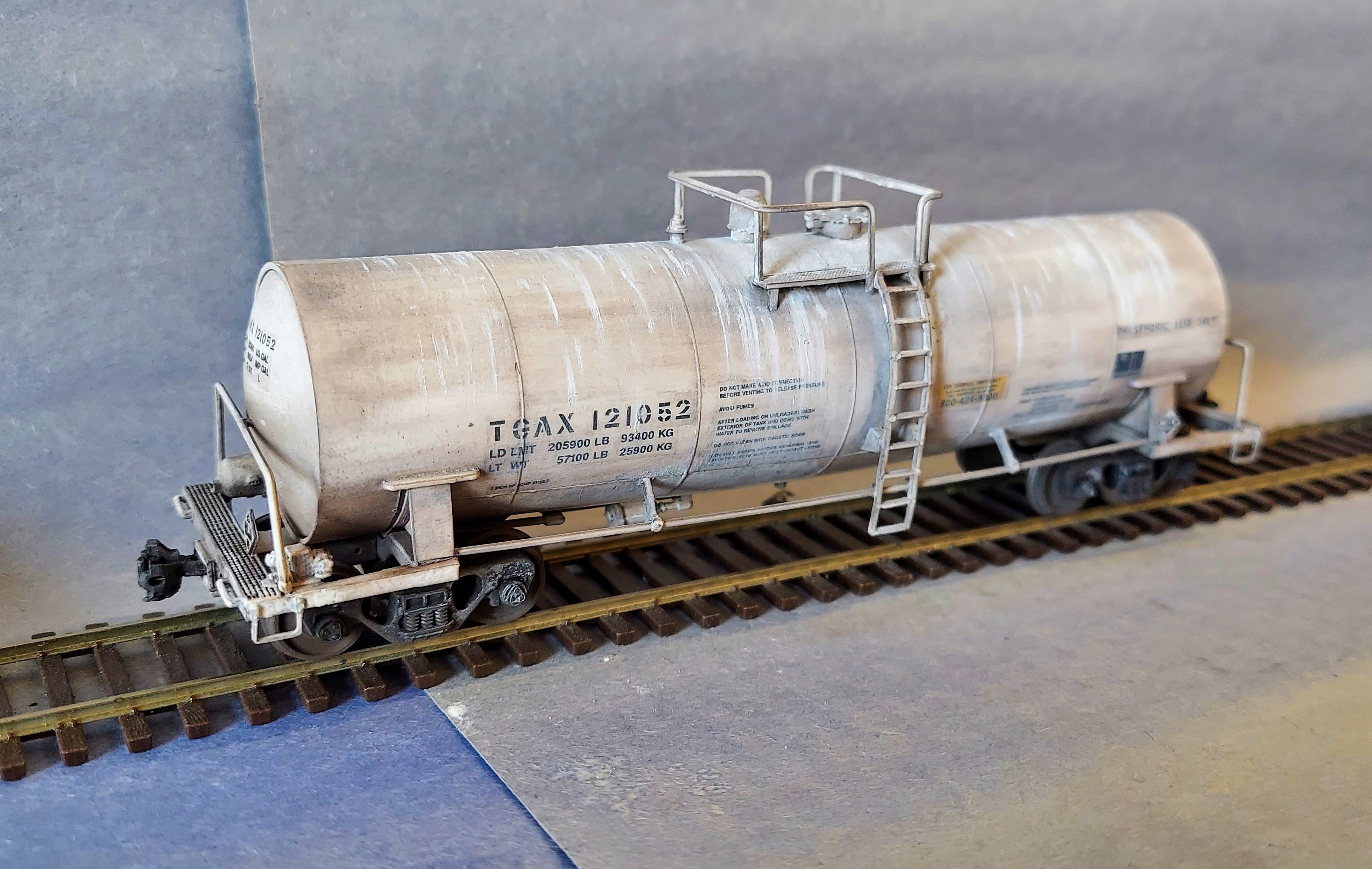TLOC
Well-Known Member
Willie, really no issue. While I generally don’t enjoy threads being derailed but RCH didn’t derail. If someone really derails one of my threads I will let them know by messaging on the forum mail. But, not needed on this one. I enjoy listening and reading from knowledgeable people.Tom O - Thanks for your blessing to continue this discussion. RCH has been quite informative as he has been explaining some unknown stuff about the area that I railfaned in for over 40 years.
I worked alongside the Frisco main line less than a mile SW of Tower 77 and the triangle; although the tower was gone by the time I started working there. In the days before UP scooped up the MKT, and SSW, and BN absorbed SLSF, railfanning at the triangle was most interesting. Early on, congestion spilled over to the vehicle traffic on Belt Line Road and the I-35E frontage roads. That whole triangle actually occupied less than a whole acre, but it still exists. The Cotton Belt line east is now leased by DG&NE, and leads to the KCS yard in Wylie (among other places). The line west of I-35E is used by FWWR to reach Ft Worth. The MKT line was purchased by DART and mostly supplanted by their light rail, with the section north from Carrollton to Denton leased to DCTA commuter rail. Some of the old MKT line still exists to serve local rail customers. The Frisco line that ran alongside the business that I worked at is still a very busy line for BN and now BNSF headed to Whitesboro. I spent many hours staring out the windows watching traffic on that line. It was there that I first saw Frisco crews do a "flying switch" (many times) to service industries on the other side of the tracks. That ended in 1980 when BN took over.
Today, my primary area for watching is the Alliance to OKC stretch on the BNSF. I have probably seen you there unknowingly.
As far as I am concerned he has enhanced the thread with his knowledge. I feel honored he tossed it in. As I mentioned previously I am intrigued by the area and even passing by on I35 takes me back to traveling the Chicago expressways back as a kid. Traveling to Michigan through Gary, Indiana always had my nose pressed up against the windows to look at all the steel industries back then. Those blazing furnaces I still can vividly picture. I sort of get that feeling going through StLouis with so many closed up plants along the Riverfront, traveling past the grain facilities in KC and just trying to figure out what tracks are below I35 in FW. Of course I love Google Earth and use it often in our travels and after.
RCH, thanks again. Get your information ready for when I start doing the 2 bay covered hoppers for sand that I have to do. I have a client who threatened me last year with 20 cars, that I had to say no to at the time. He wrote last week asking when he can send them.
I missed it until I noticed the pictures of those UP Water Cars were taken from the inside of a locomotive. Are you able to say who you work for?


